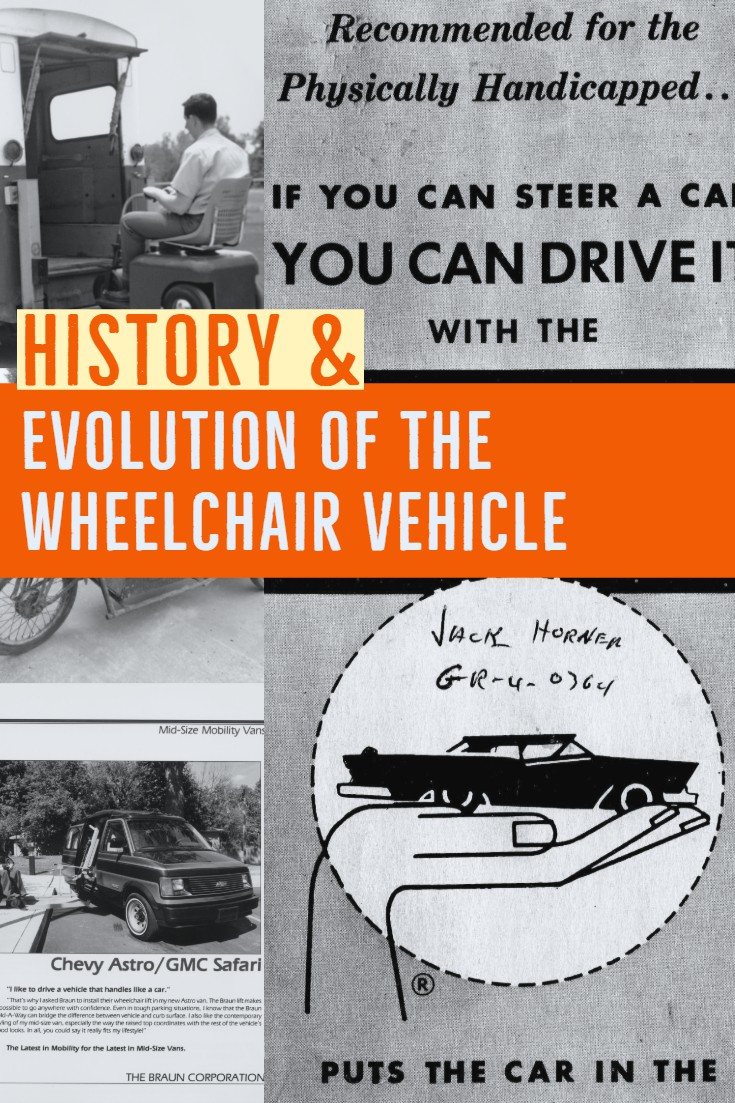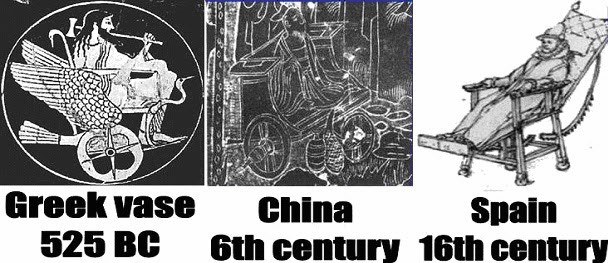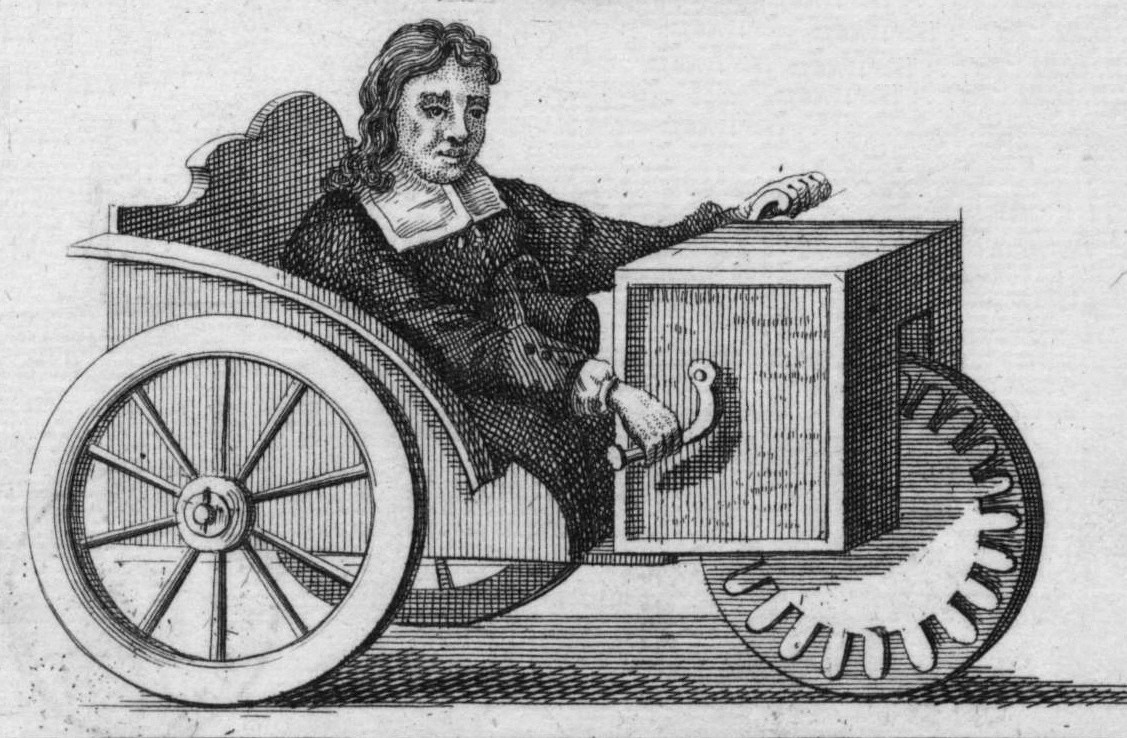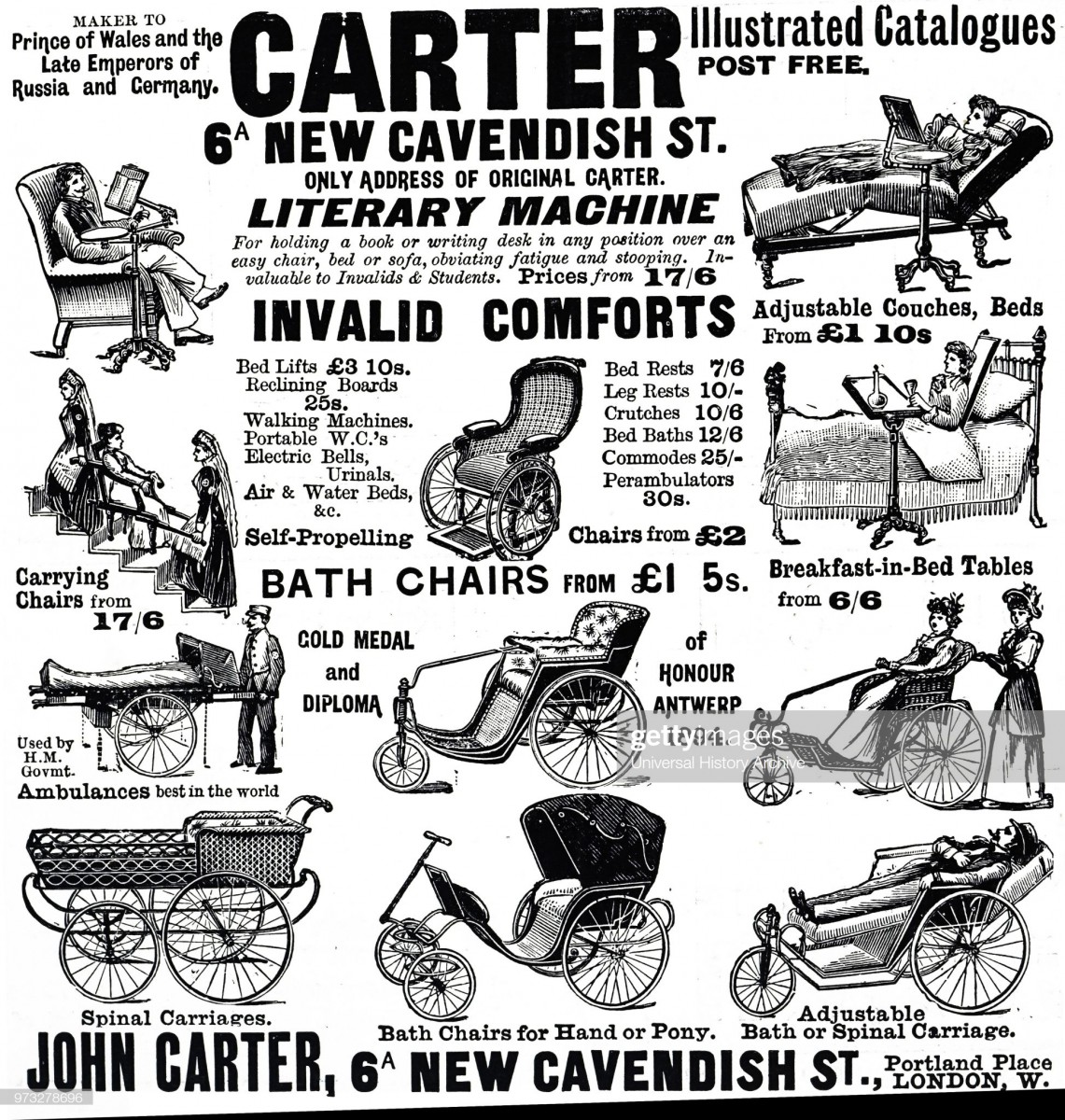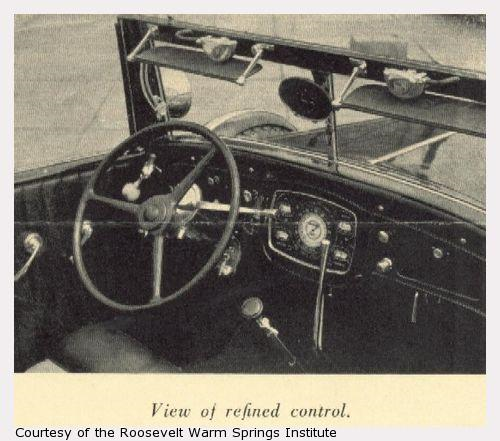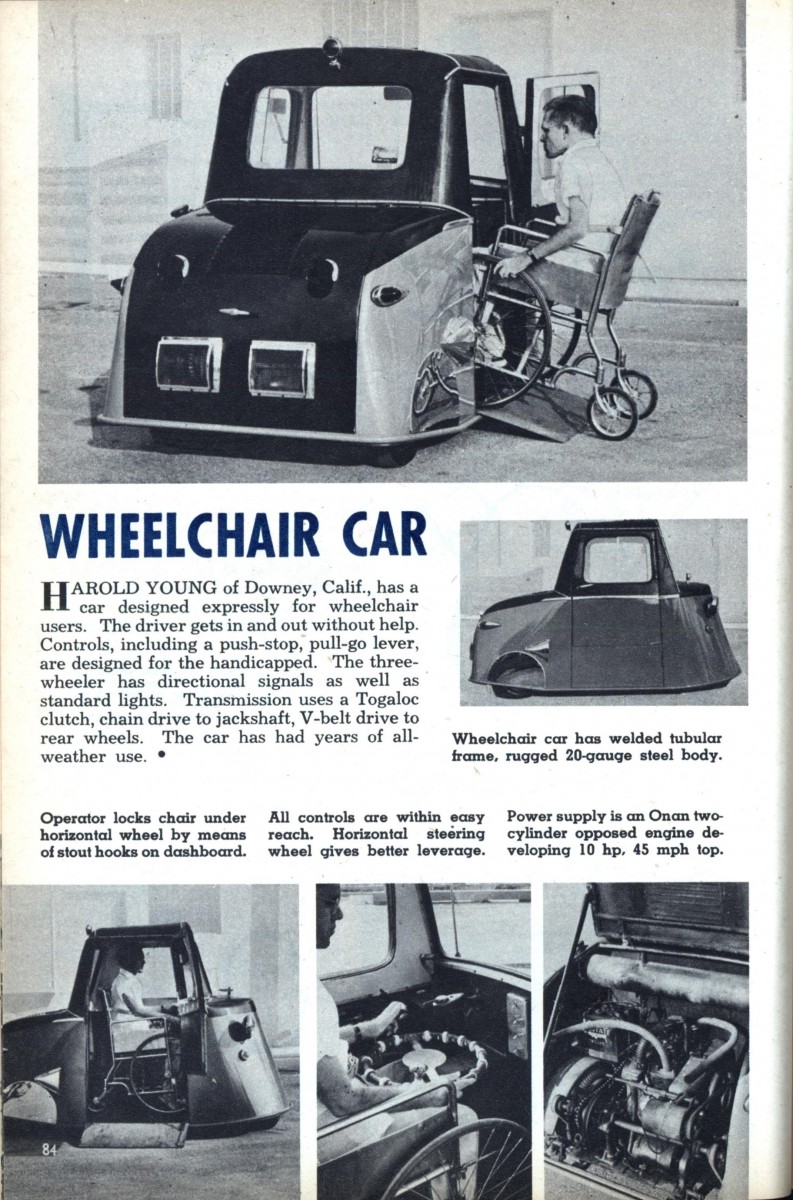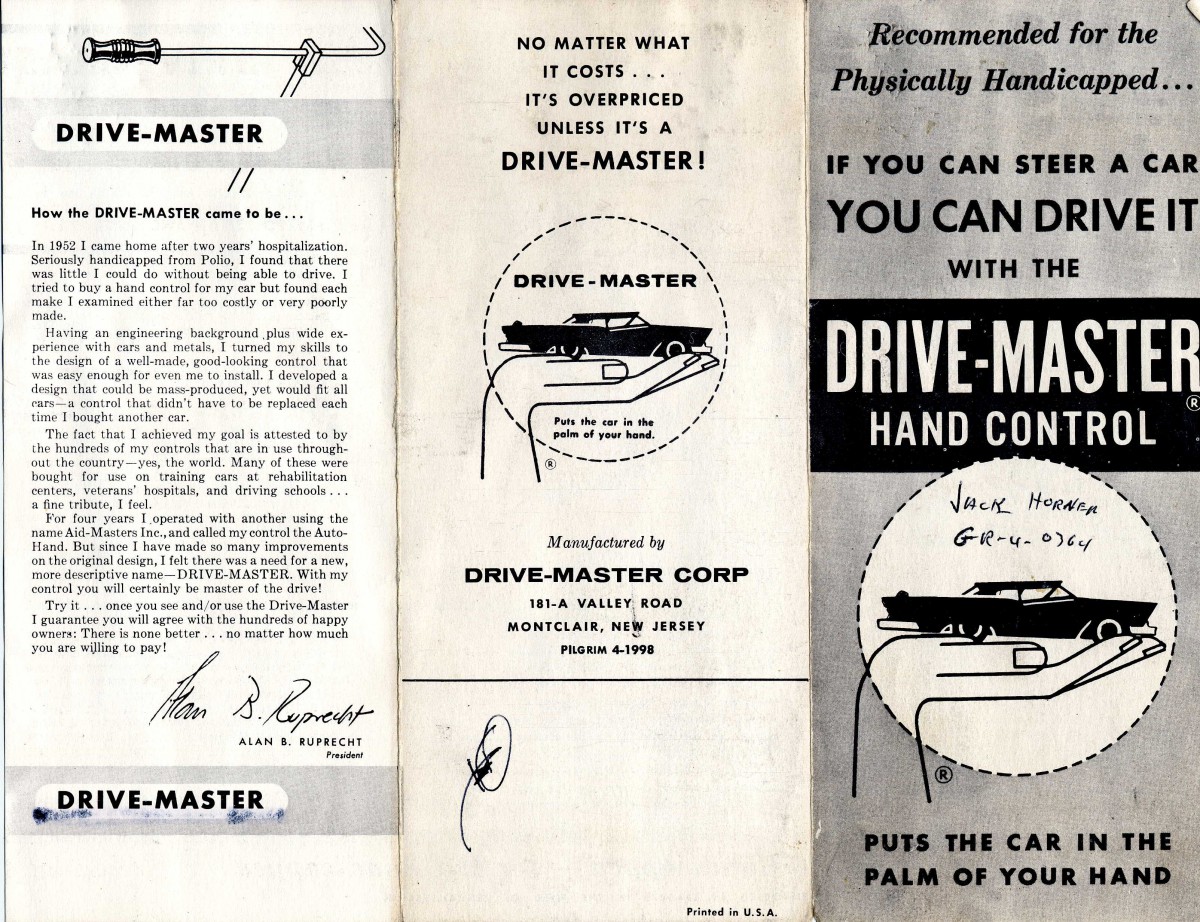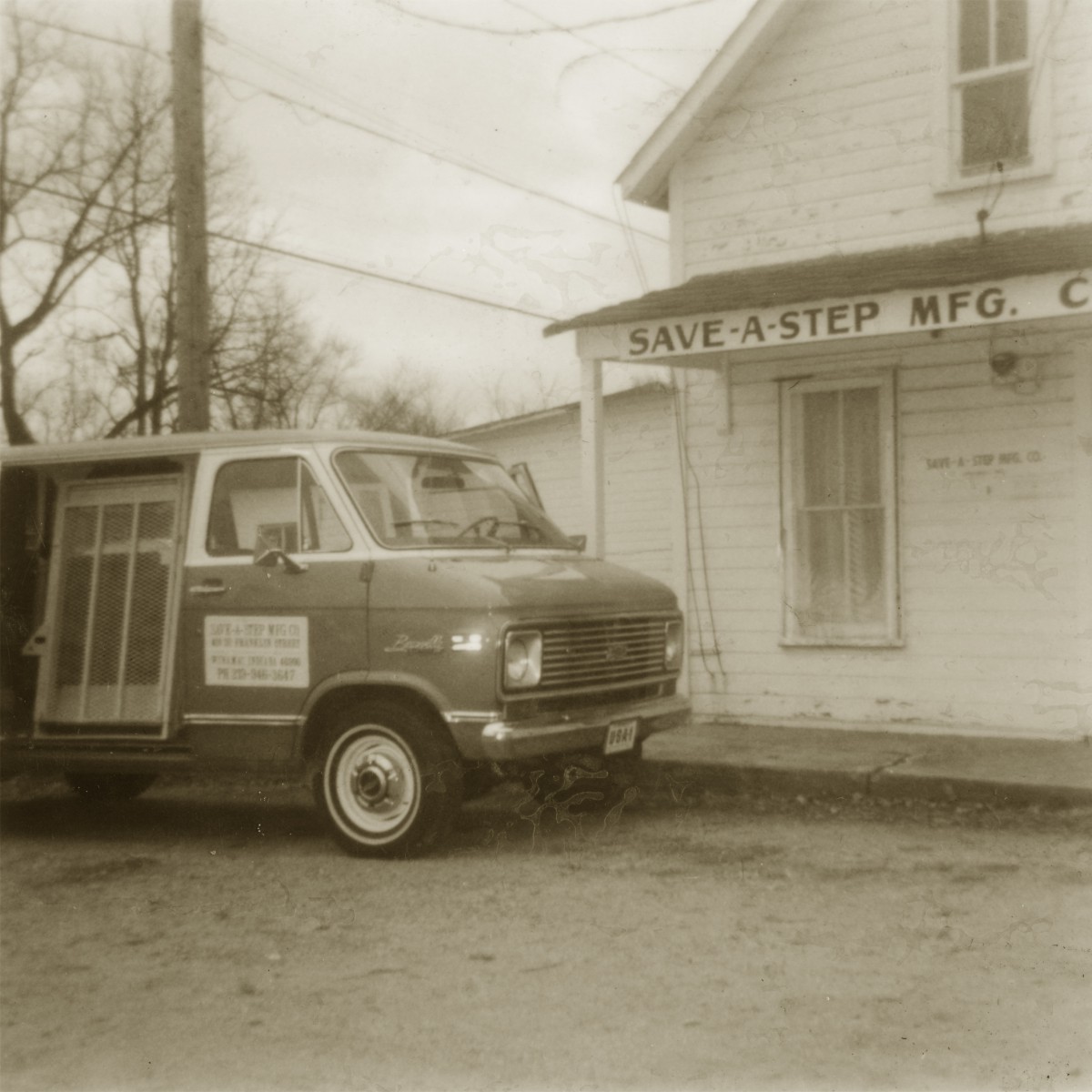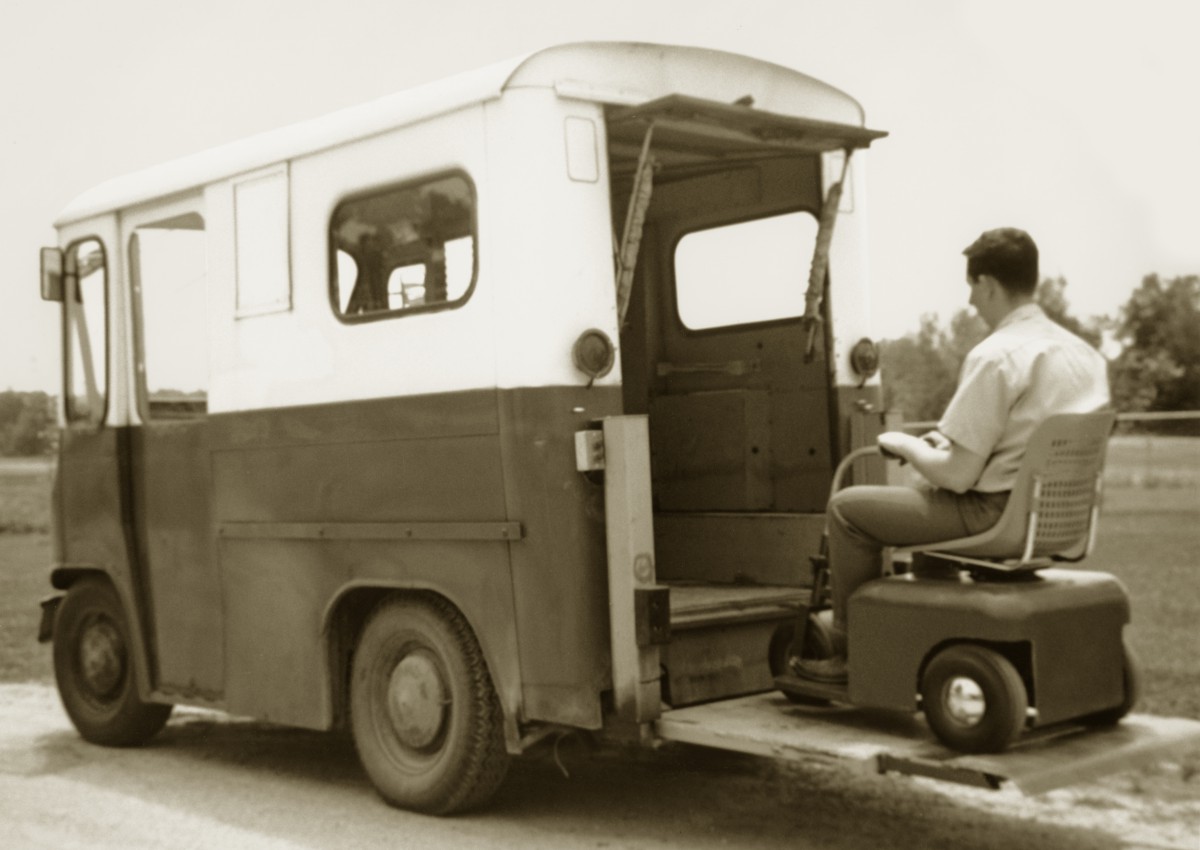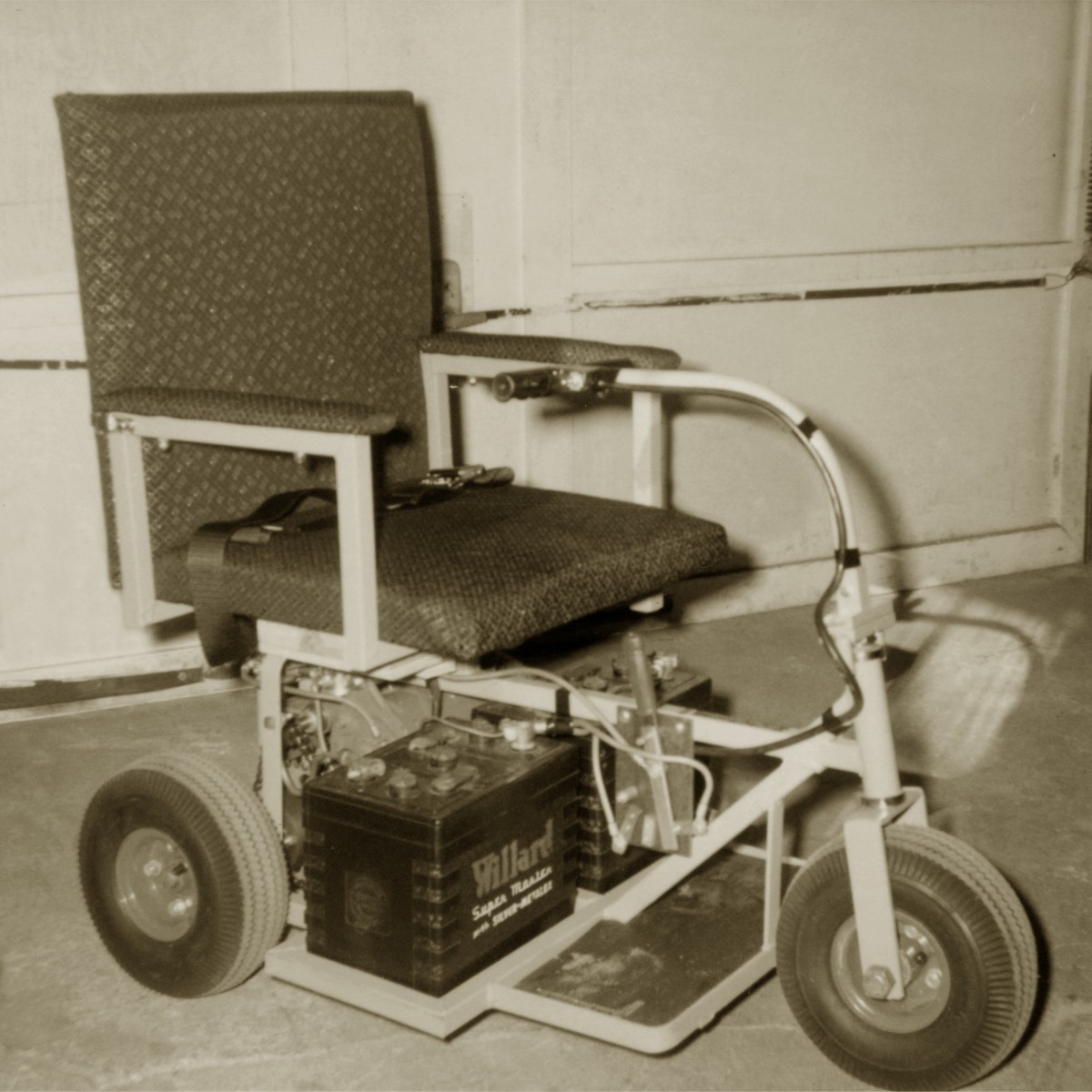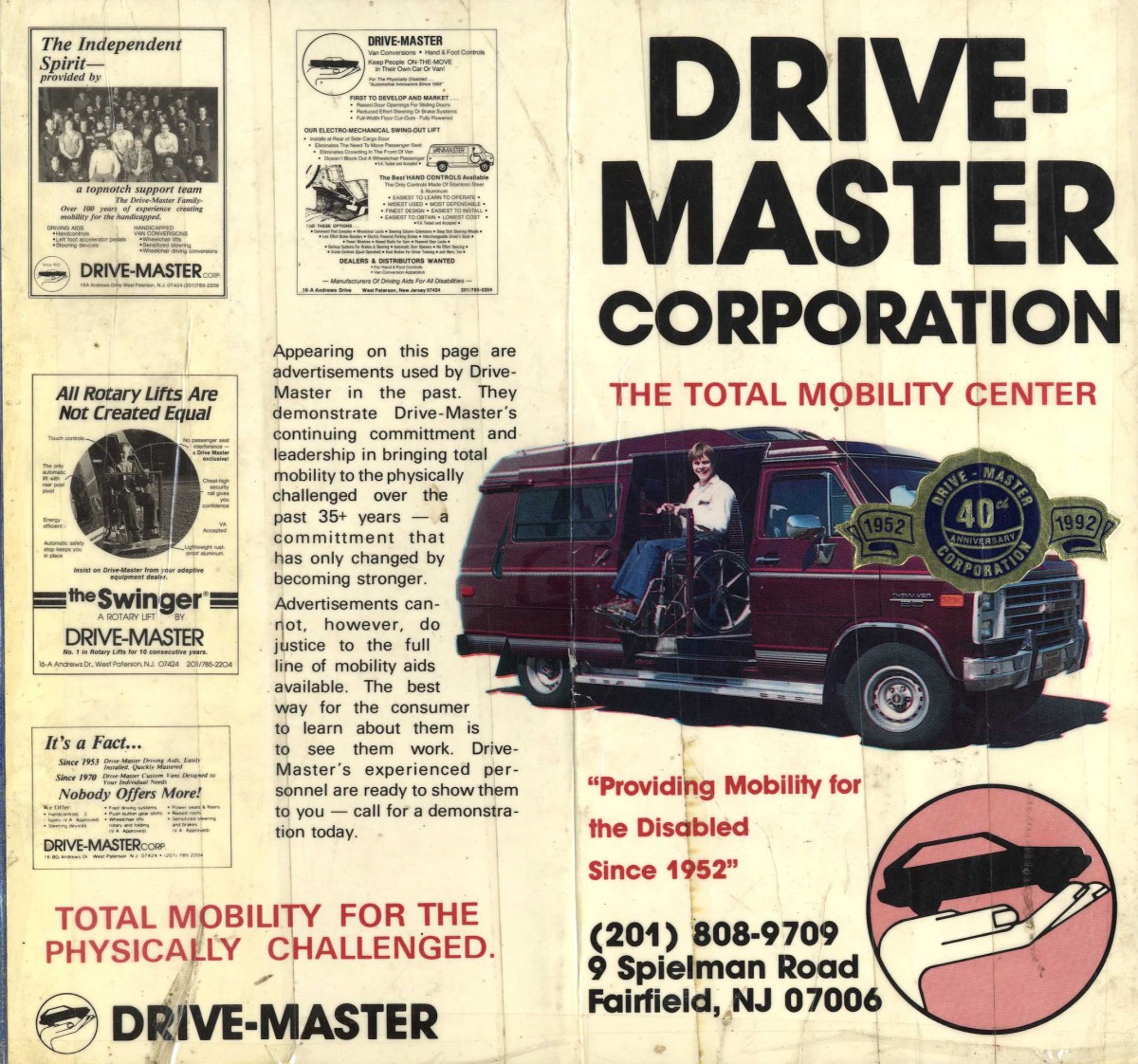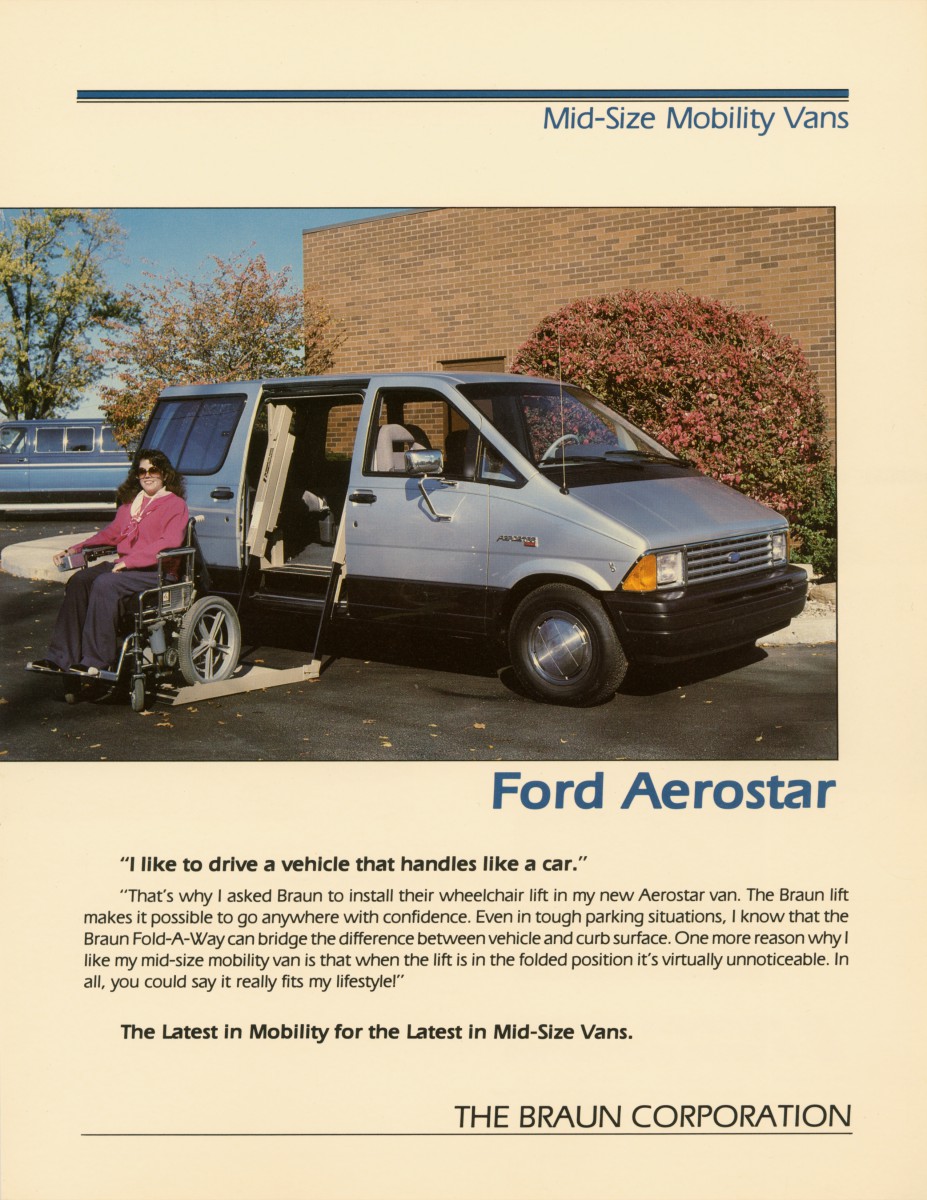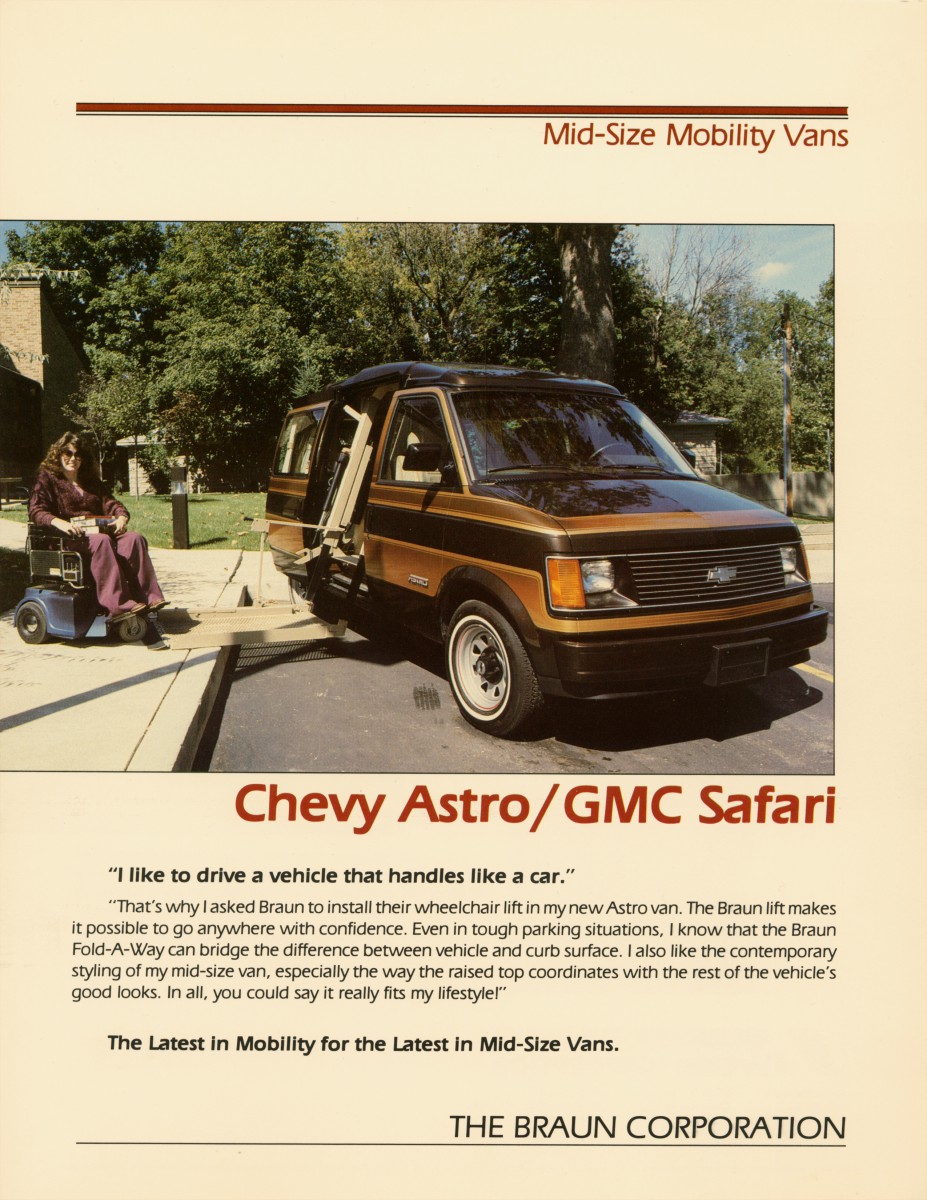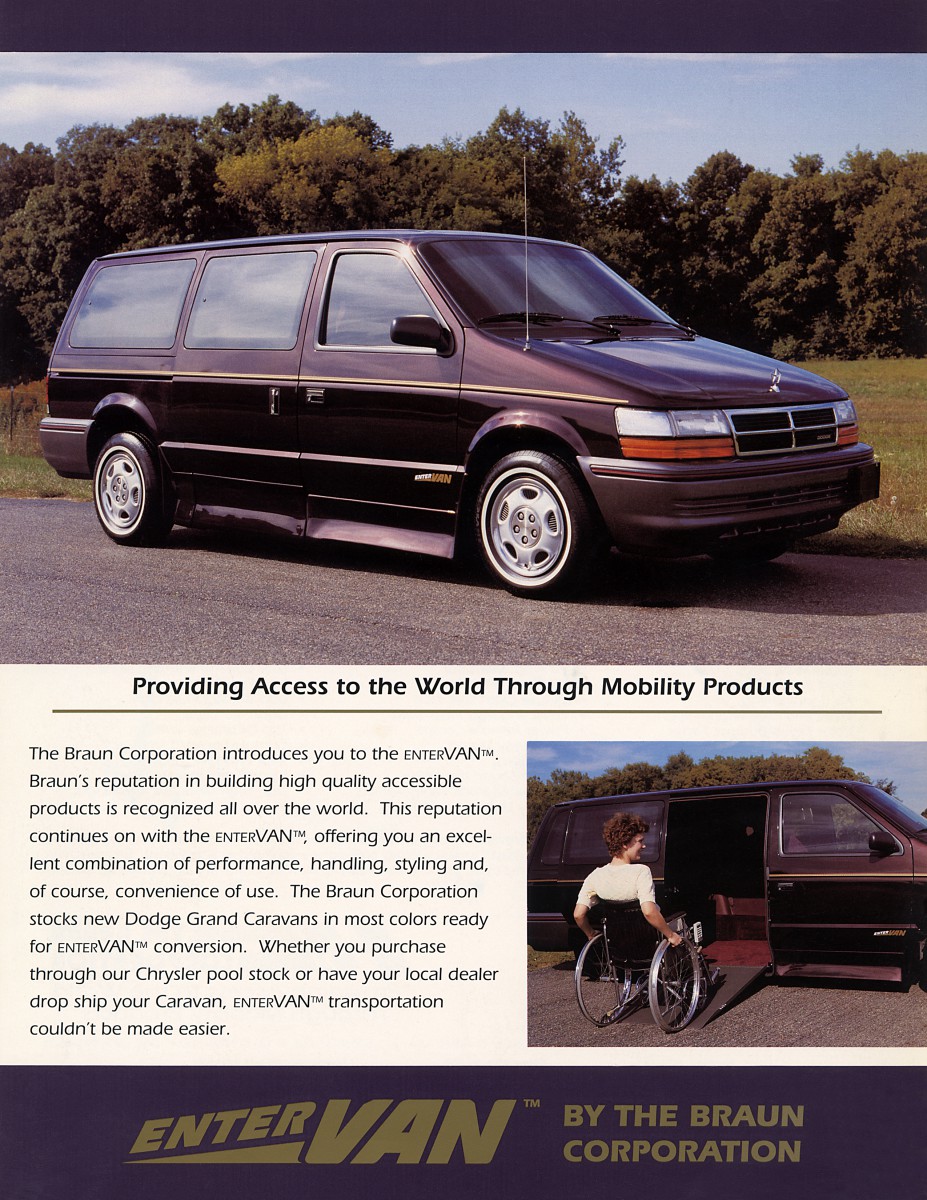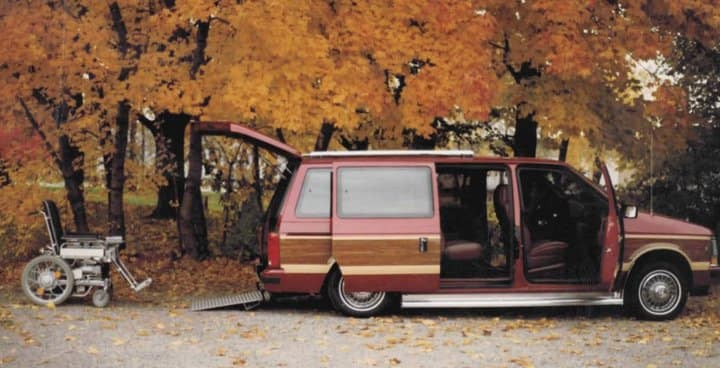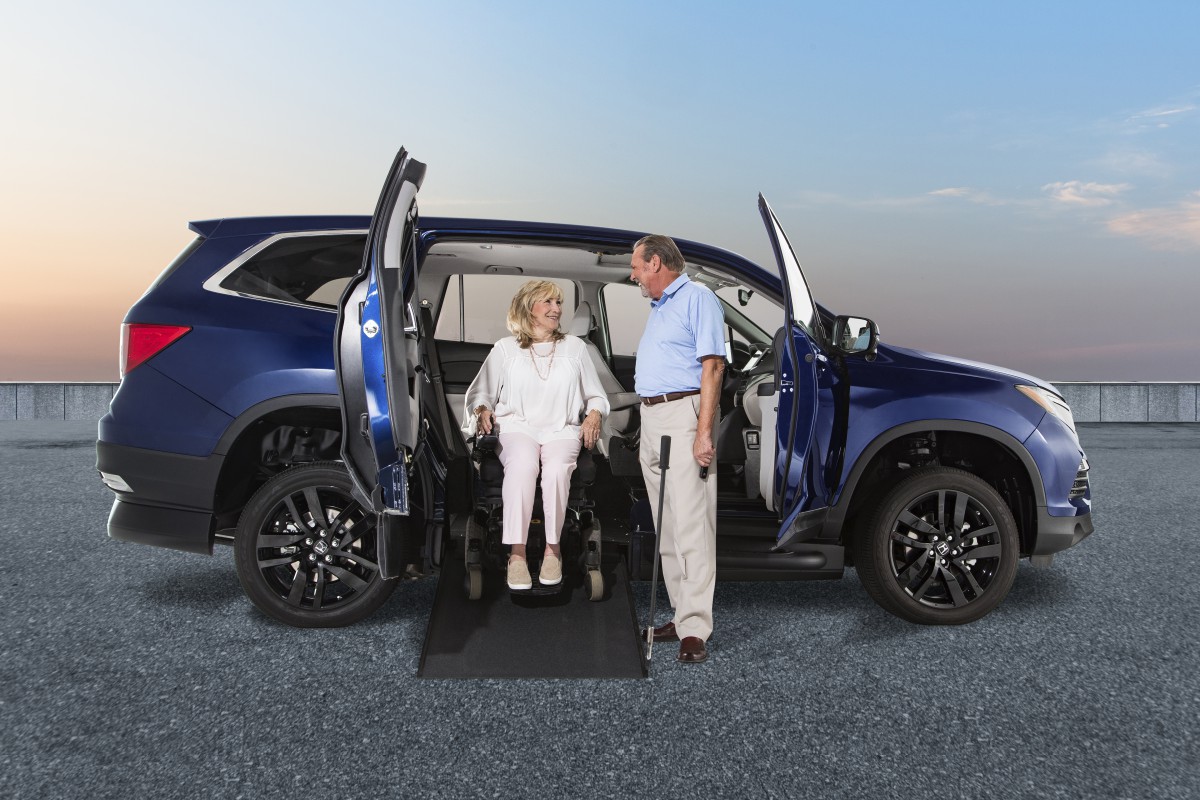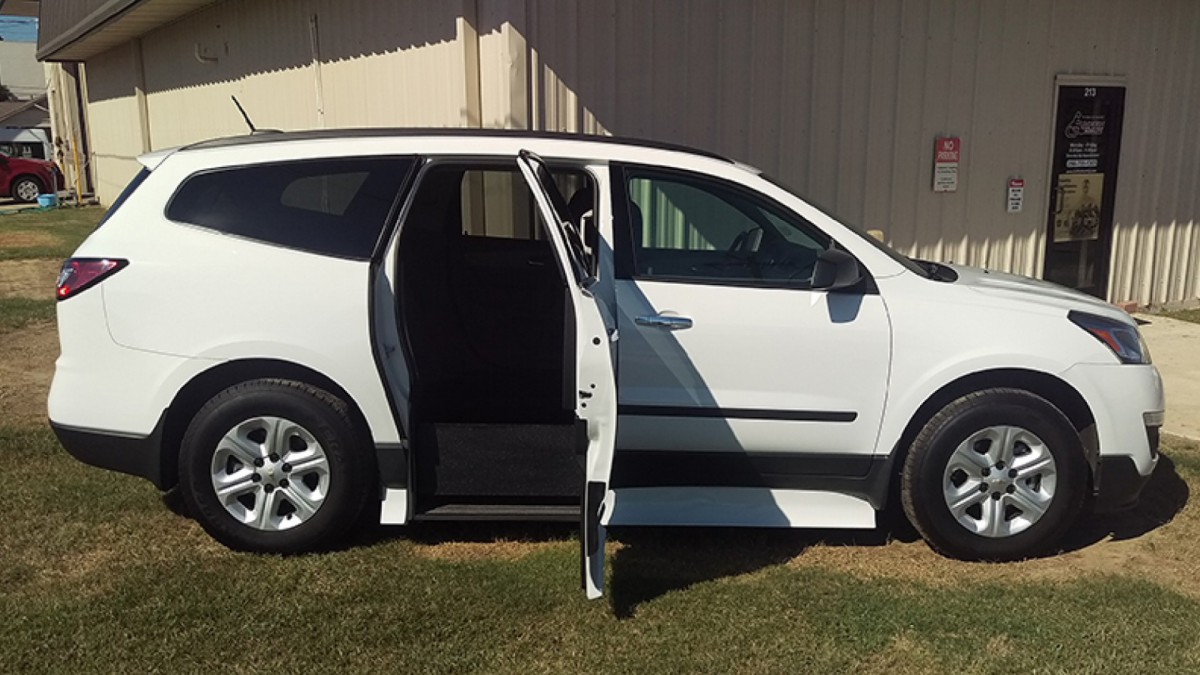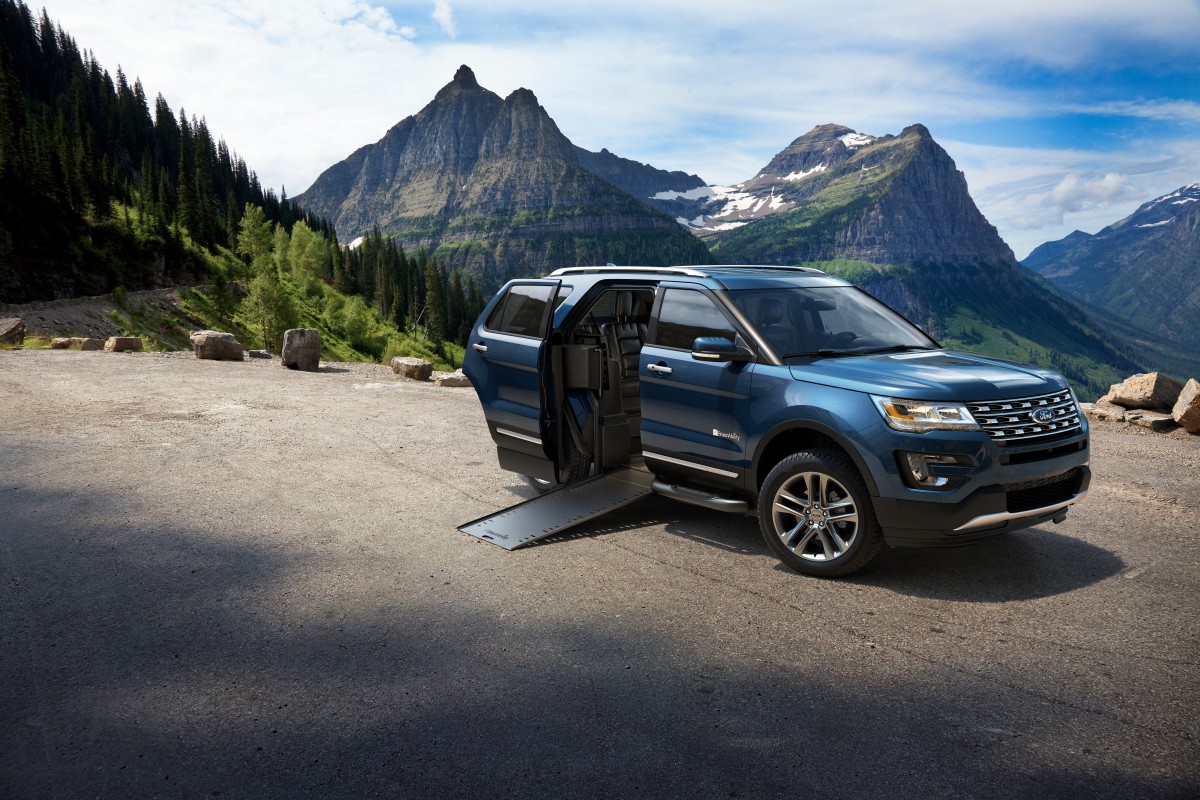Wheelchair Accessible Vehicle Evolution
Independence for the impaired has been a commodity for most of our history and the need for transporting people with limiting physical disabilities is dabbled throughout history. Being handicapped has the possibility of limiting self-sufficiency and can make travel demanding, so inventors have been constructing creative applications to transport wheelchair users for centuries. Standard vehicles aren’t fit for mobility devices. Therefore, accessible vehicles come in all shapes and sizes, but the push toward convenience and accessibility seem to be two of the main priorities.
In 525 C.E., images of wheeled chairs made specifically to carry people begin to occur in Greek and Chinese art. The pictures depict people being carried around in what we would think of as a modern-day wheelbarrow. Transportation for the disabled didn’t exist in Europe until 1595 A.D. when a Flemish Nobleman from Spain built one for King Phillip II. King Phillip’s chair didn’t have an efficient propulsion mechanism and required assistance to make it move. This made the design more equivalent to a portable throne than an actual wheelchair. Made with wood, leather, iron, and a comfortable footrest; this device was made for lifestyles of the rich and lazy and not of the elderly and disabled as we think of it today.
Portable throne, anyone!? Let's be honest, we all know that one person who uses their chair in questionable ways... right? Here in Alabama it's always a guy who engineered a wheelchair cupholder to hold his drink while he tows a 2X4 behind him tethered by a chain attached to the seat base.
King Phillip’s chair was designed especially for him, but advances in the evolution of the wheelchair were more specifically designed and built by the people who needed them. In 1665, Stephen Farfler, a 22-year-old paraplegic watchmaker built himself an invention that consisted of cranks and cogwheels to propel himself using his own power. Because he was a watchmaker, his extensive knowledge of how cogs and cranks play together helped him create the world’s first chair that could move by the user’s own propulsion.
Although Farfler’s invention provided much needed independence to the disabled, During the mid 1700’s to mid 1800’s, John Dawson of Bath invented a three-wheeled covered chaise that was pushed from behind and steered by a long rod connected to the front wheel. The occupant would have guided the direction of travel and would be propelled by another. This type of chair was extremely popular during Victorian times and was often used at the seaside and resorts. It also carried the sick from their lodgings at the spa and the rich and famous about their business in the city. It wasn’t until 1869 when a patent was taken out on a wheelchair that could be self-propelled and had large wheels at the back. Wheelchairs were starting to get less bulky but still were not easily transportable until the 1920s
In the 1920’s, the Invalid carriage was developed and was the successor to both Farfler’s cog machine and the Bath Chair. Usually single-seater road vehicles, buggies, or self-propelled vehicles for disabled people, Invalid Carriages were generally powered by a small gasoline/petrol engine, although some were battery powered. They were usually designed without foot-operated controls. Steering was by means of a tiller connected to the front wheel. The tiller also provided speed control. Forward or reverse by a separate control. They were low-cost low-maintenance vehicles, designed specifically for people with physical disabilities.
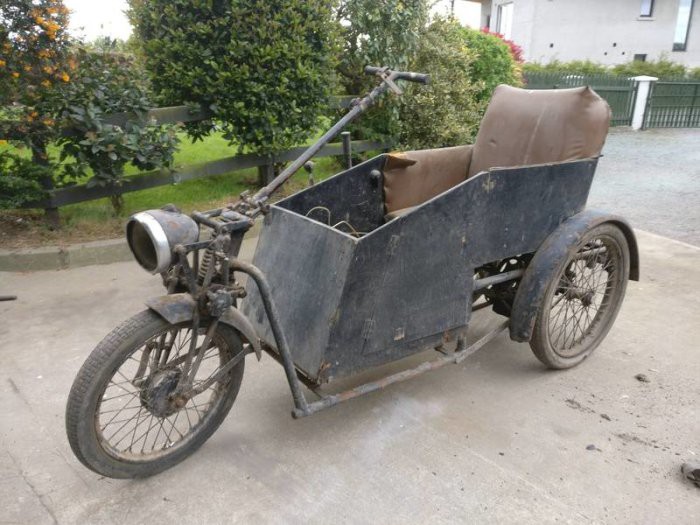
Doesn't it look like something out of the movie Mad Max?
Early versions of hand controls for standard cars consisted of various levers with mechanical linkages to the gas, brake, and clutch pedals. Hand controls of the 1930s and 1940s weren’t user-friendly and were quite dangerous to operate. Driving an automobile with a manual transmission entirely by hand meant juggling levers for clutch, brake, and throttle with one hand while steering with the other. In 1933, De Soto (an American automobile company named after the Spanish Explorer) delivered a convertible sedan to President Roosevelt at the White House. Since Roosevelt was left permanently paralyzed from the waist down after being diagnosed with Polio, the car was outfitted with special hand controls that enabled Roosevelt to drive without using his legs and gave him the freedom to drive despite his disability. DeSoto did not alter other factory-installed controls except removing the gas pedal. The clutch and brake were left intact for the convenience of drivers accustomed to conventional controls.
In 1948, Bert Greeves adapted a motorcycle into a powered wheelchair with the help of his paralyzed cousin, using an engine from a lawnmower. He developed it into a commercially viable vehicle after noticing the number of former servicemen injured in the Second World War and founded the Invacar. Early vehicles were powered by an air-cooled 147 cc engine, but when production of that engine ceased in the early 1970s it was replaced by a much more powerful 4-stroke 500 cc or 600 cc engine, giving a reported top speed of 82 mph.
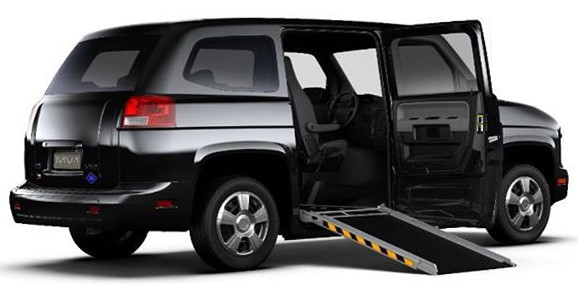
More recently, Braunability, VMI and ATC have been converting SUVs (and trucks!!)
Where will we go from here?
